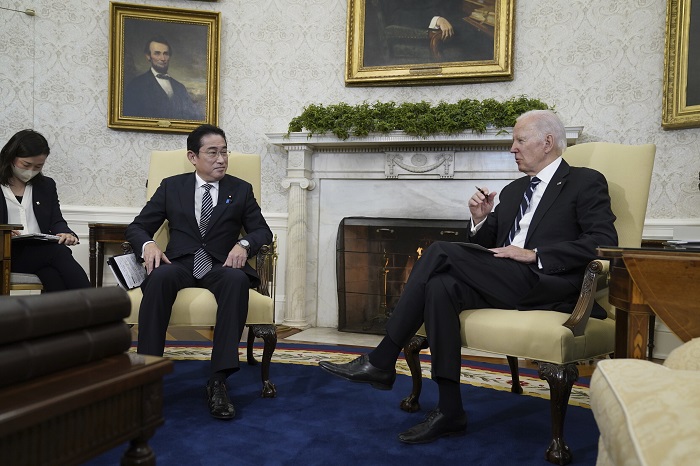economy news bulletin news
Japan’s consumer prices rose 3.3 percent year-on-year in June, with the pace of inflation accelerating from the 3.2 percent recorded in May, government data showed Friday. bulletin news
The latest data — which matched market expectations — comes ahead of the Bank of Japan’s monetary policy meeting next week.
Market watchers expect the central bank will keep its super-loose monetary easing stance.
Stripping out fresh food and energy, Japan’s prices rose 4.2 percent, data published by the internal affairs ministry showed.
Inflation in Japan has been less extreme than price hikes seen in other countries such as the United States, which have been fuelled by the war in Ukraine and supply-chain disruptions.
The US Federal Reserve and many other central banks have raised interest rates to tackle high inflation.
But the Bank of Japan has stuck to its long-standing, ultra-loose monetary policy in an attempt to boost economic growth, causing the yen to fall against the dollar.
Friday’s core consumer price index figure matched the market’s expectations of 3.3 percent recorded in a Bloomberg survey.
kh/amj/cwl
© Agence France-Presse. All rights are reserved.
economy news bulletin news
Notes from APS Radio News
Reportedly because of what was being called a “pandemic”, a number of the world’s central banks embarked on massive programs of monetary expansion, starting in late February and early March of 2020.
For its part, between the early part of March of 2020 to over a year later, the US Federal Reserve added over $4 trillion to its holdings, by purchasing billions of dollars’ worth of Treasury bonds and corporate bonds each month during that period.
As well, at that time it kept interest rates rather low.
Other central banks, including the Bank of Japan and the European Central Bank, followed similar policies.
In addition, during that period many countries engaged in lockdowns; many small and medium-sized businesses and enterprises were shuttered by way of orders issued by public health officials, politicians and various administrators.
One of the direct causes of those shutdowns was the development of shortages.
According to a number of economists, the combination of shortages of various goods and services and massive programs of “quantitative easing” led to substantially higher rates of inflation.
In consequence of shuttered economies and higher rates of inflation in the first world, less developed countries suffered greatly, due, in part, to shortages of supplies and due to lowered demand.


